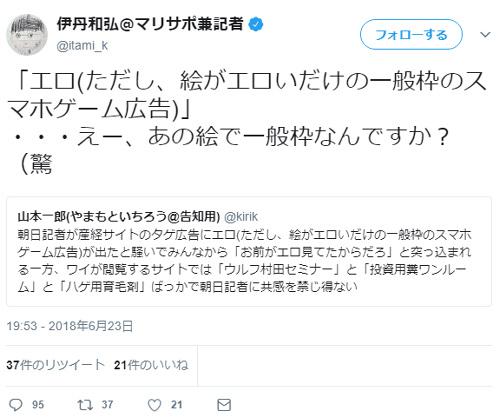Why is high-precision time synchronization indispensable for achieving "ultra-low delay" in 5G?
Chart 1 Calculation of TAE (Time Alignment Error)
The standard time of origin is UTC (Coordinated Universal Time). UTC is distributed from GNSS (Global Positioning Satellite System) such as GPS and Quasi-Zenith Satellite. The grand master clock that received this UTC signal distributes the time information to the switches under it. After making corrections with the boundary clock (BC) in the switch, the time information is delivered to the base station. The TE (Time Error), which is the time difference that occurs during internal processing by the device, is 70 nanoseconds for general BC and 35 nanoseconds for the base station itself. In this case, the TAE value is calculated by adding BC and the TE of the two base stations. In other words, 70 + 35 + 35 = 140 nanoseconds, which easily exceeds the previous 65 nanoseconds. "If the time accuracy of the grand master clock itself is poor, the final value will be even larger," (Mr. Koyama). In network configurations up to 4G, a grand master clock was installed in a large station building and time information was distributed to individual base stations via BC on the way, but with such a configuration, ultra-low latency of 5G cannot be realized at all. It is. Therefore, Mr. Koyama emphasizes as follows. "In 5G, it is essential to install a more accurate ground master clock on the base station side" (Chart 2).Chart 2 GM200 installation example in LTE and 5G (indoor layout example)







![[July 6 and 7] DX realized by content cloud, advanced platform for business transformation](https://website-google-hk.oss-cn-hongkong.aliyuncs.com/drawing/article_results_9/2022/3/9/6bbafe438d78271513761788166cbf94_0.jpeg)

